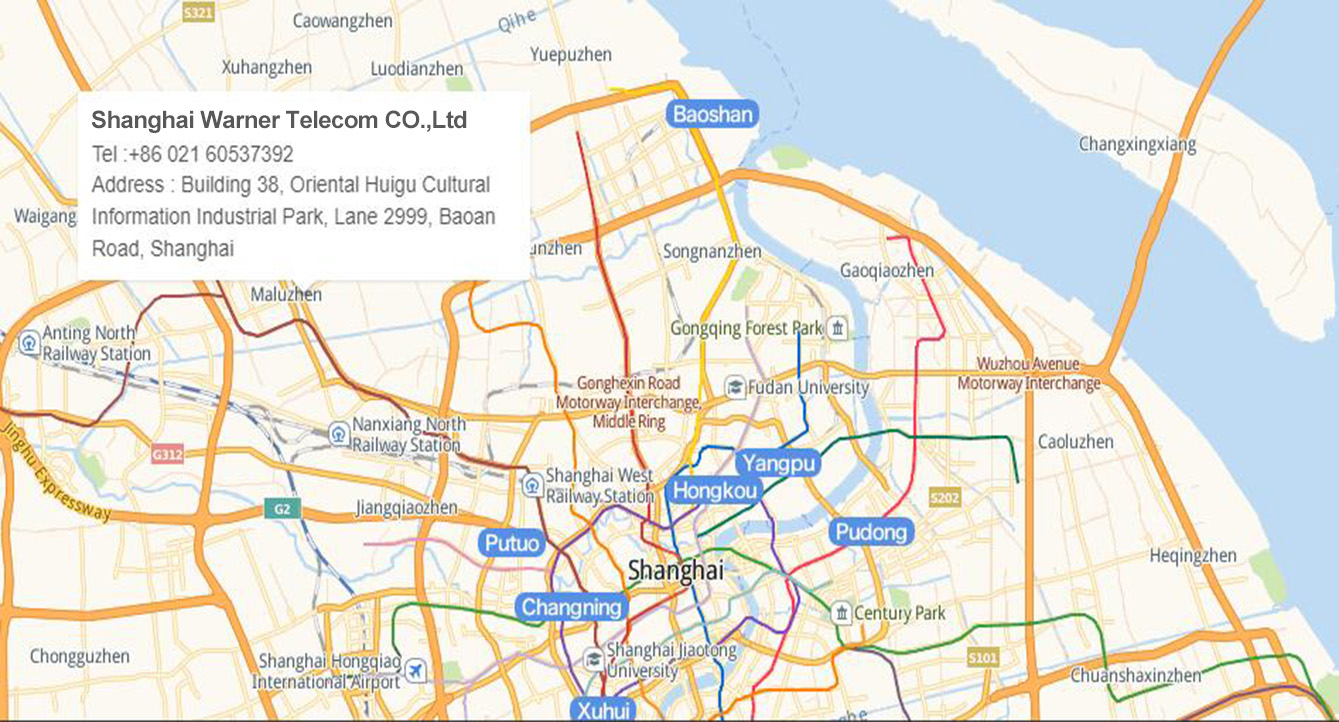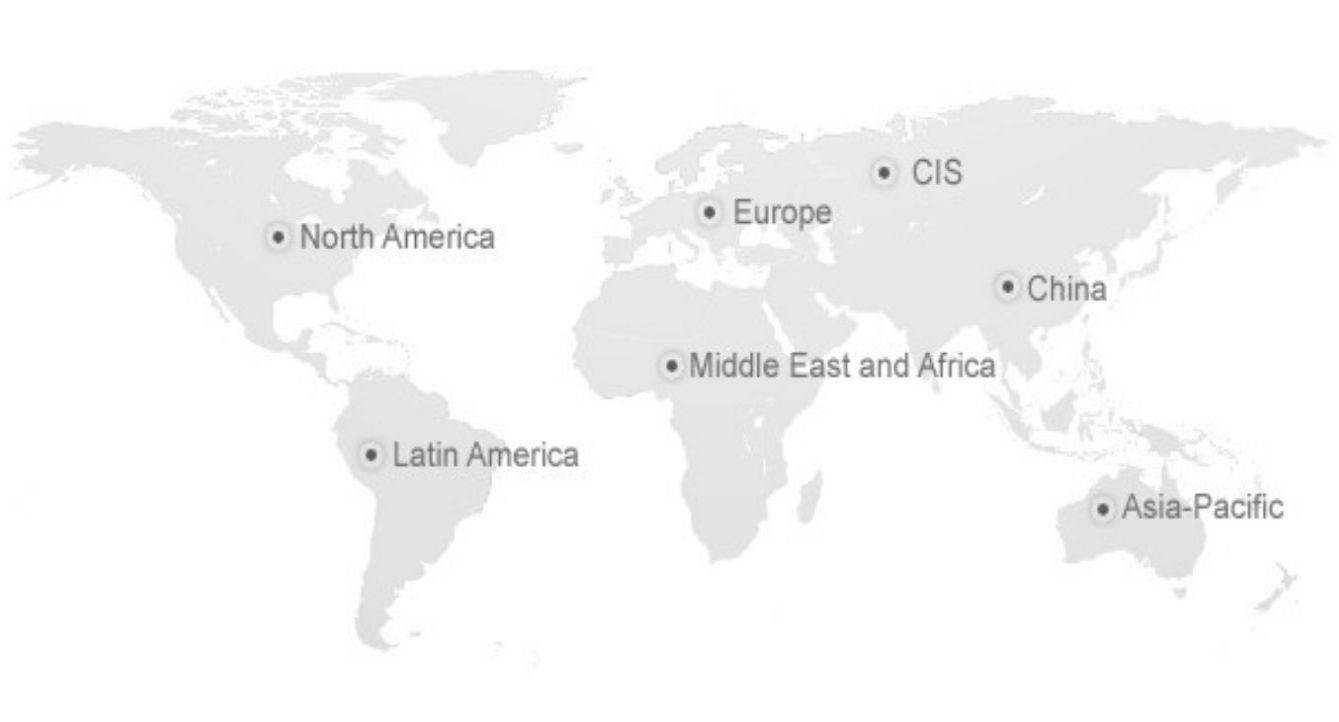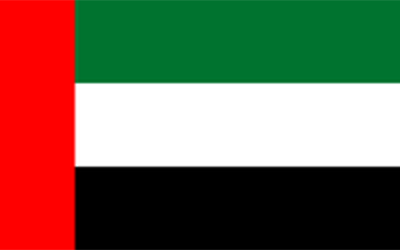
Emergency communication terminal
With the rapid development of economic globalization, various uncertainties and unstable factors affecting national security, public safety, environmental security and social order, natural disasters, accident disasters, public health events, and social security incidents occur frequently. Local governments attach great importance to the response for natural disasters and emergencies. With the development of society and technology, it is increasingly unable to meet the needs of emergency management simply by establishing a rapid response mechanism after the incident.
It is necessary to establish a whole process for covering prevention preparation, monitoring and early warning as well as handling rescue. We have specific plan as follows:
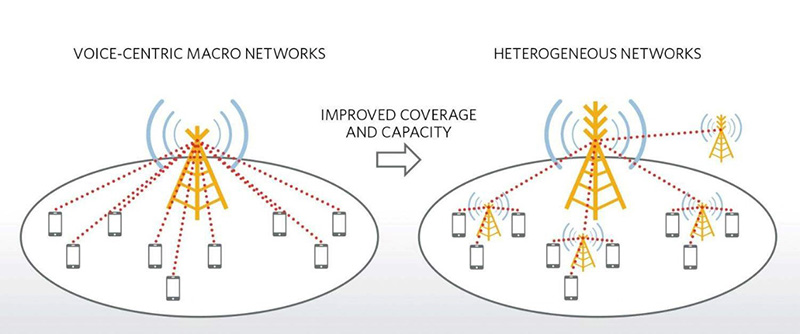
In an emergency situation, there is always a large amount of sudden traffic in local and concentrated periods, the most important thing is to make the maximum use of existing equipment.
(1) GSM wireless turn-on half rate: the maximum users can be accepted in case of loss part voice quality;
(2) Multi-carrier frequency is enabled for 3G wireless devices: all can be turned on in an emergency;
(3) Expand all hardware capabilities and improve equipment processing capacity: use spare parts to expand processing capacity on existing hardware platforms to the maximum
(4) Close all software license restrictions, or temporarily expand the license: cancel the maximum processing limit for the number of users, CE, codewords, etc.
(5) Restrictive measures: In order to ensure normal communication, for the wireless network, shut down 2G data network and allocating all channels to voice. Reduce 3G network user's rate less than 512Kb/s. Make sure there is no possibility of equipment downtime due to overload.
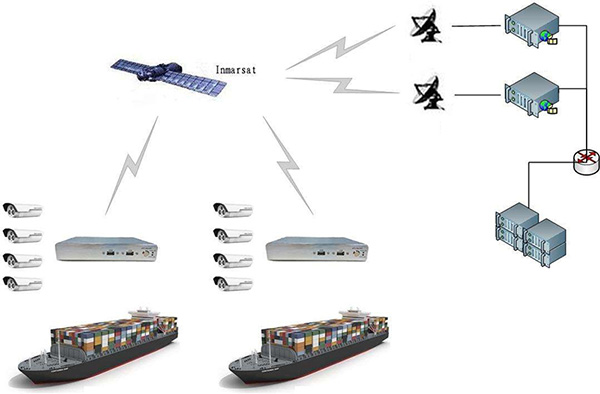
Maritime high-altitude communication
As a kind of satellite communication system, Inmarsat has become the main means of communication in the disaster-stricken areas because of its convenience, reliability, local ground conditions, global coverage, all-weather, portable and mobile. This fields of communication and the transmission of news and information have played an irreplaceable role in today’s world.
The L-band commonly known as the gold band. Although cost is expensive, it is irreplaceable in mobile satellite communications. In emergency condition, the ability to maintain video images, data communications, and voice communications while traveling can greatly enhance disaster relief.
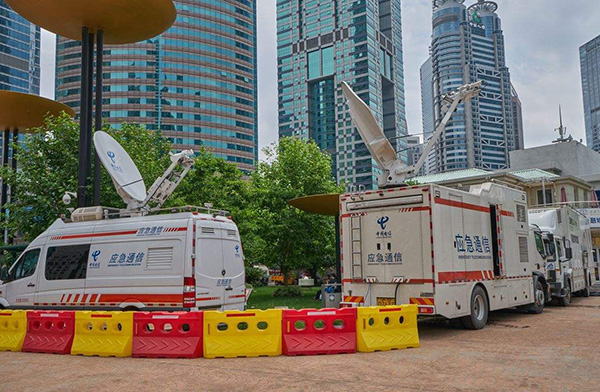
Emergency communication vehicle
The emergency communication vehicle mainly loads 2G/3G/4G and antenna equipment which is used for extensive activities (such as the Sport Games, large outdoor parties etc.) or unexpected events like mobile antenna tower damage.
Emergency communication vehicles usually have three transmission modes: optical transmission, microwave transmission, and satellite transmission.
Emergency communication vehicles can usually meet the communication guarantees, natural disasters, stability, and wartime readiness guarantees of major provincial conferences and exhibitions and various festivals. We work with different province for emergency vehicle in China.
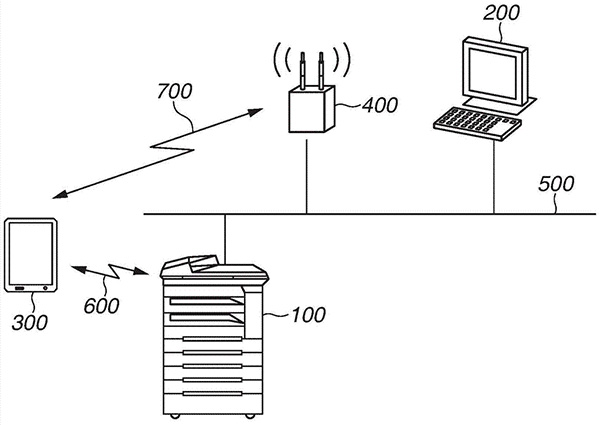
Ultrasonic radio system
Ultrashort wave radios (radio stations) use a wide range of frequencies, including multiple bands such as 150 MHz, 200 MHz, 350 MHz, and 400 MHz, Due to the extremely complicated public communication network, it is often vulnerable in the face of disasters. The ultra-short-wave radio communication has clear voice and strong anti-interference ability as well as strong mobile communication capabilities.
The characteristics of ultra-short-wave communication in our company are basically “line-of-sight transmissionâ€, which has only certain diffraction and reflection capabilities. Therefore, if the area to be covered is large, the radio relay station can be appropriately selected for technical support. It is usually necessary to select the high-altitude points for “radioâ€.
It is necessary to establish a whole process for covering prevention preparation, monitoring and early warning as well as handling rescue. We have specific plan as follows:

In an emergency situation, there is always a large amount of sudden traffic in local and concentrated periods, the most important thing is to make the maximum use of existing equipment.
(1) GSM wireless turn-on half rate: the maximum users can be accepted in case of loss part voice quality;
(2) Multi-carrier frequency is enabled for 3G wireless devices: all can be turned on in an emergency;
(3) Expand all hardware capabilities and improve equipment processing capacity: use spare parts to expand processing capacity on existing hardware platforms to the maximum
(4) Close all software license restrictions, or temporarily expand the license: cancel the maximum processing limit for the number of users, CE, codewords, etc.
(5) Restrictive measures: In order to ensure normal communication, for the wireless network, shut down 2G data network and allocating all channels to voice. Reduce 3G network user's rate less than 512Kb/s. Make sure there is no possibility of equipment downtime due to overload.

Maritime high-altitude communication
As a kind of satellite communication system, Inmarsat has become the main means of communication in the disaster-stricken areas because of its convenience, reliability, local ground conditions, global coverage, all-weather, portable and mobile. This fields of communication and the transmission of news and information have played an irreplaceable role in today’s world.
The L-band commonly known as the gold band. Although cost is expensive, it is irreplaceable in mobile satellite communications. In emergency condition, the ability to maintain video images, data communications, and voice communications while traveling can greatly enhance disaster relief.

Emergency communication vehicle
The emergency communication vehicle mainly loads 2G/3G/4G and antenna equipment which is used for extensive activities (such as the Sport Games, large outdoor parties etc.) or unexpected events like mobile antenna tower damage.
Emergency communication vehicles usually have three transmission modes: optical transmission, microwave transmission, and satellite transmission.
Emergency communication vehicles can usually meet the communication guarantees, natural disasters, stability, and wartime readiness guarantees of major provincial conferences and exhibitions and various festivals. We work with different province for emergency vehicle in China.

Ultrasonic radio system
Ultrashort wave radios (radio stations) use a wide range of frequencies, including multiple bands such as 150 MHz, 200 MHz, 350 MHz, and 400 MHz, Due to the extremely complicated public communication network, it is often vulnerable in the face of disasters. The ultra-short-wave radio communication has clear voice and strong anti-interference ability as well as strong mobile communication capabilities.
The characteristics of ultra-short-wave communication in our company are basically “line-of-sight transmissionâ€, which has only certain diffraction and reflection capabilities. Therefore, if the area to be covered is large, the radio relay station can be appropriately selected for technical support. It is usually necessary to select the high-altitude points for “radioâ€.





